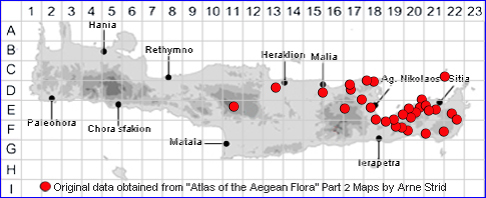
SPECIES DESCRIPTION
CAMPANULA PELVIFORMIS
Family and Genus:- See- CAMPANULACEAE/Sect. CAMPANULA
Common Name:- None
Homotypic Synonyms:- None
Meaning:- Campanula (L) Bell-like.
Pelviformis (L) Shallowly cupped, shaped like a shallow bowl.
General description:- Perennial herbs, usually with white latex when cut.
Stem:-
1) 20-30 cm, ascending, simple or somewhat branched, hispid.
Leaves:-
1) generally alternate.
a) Basal, c. 20 cm, not laciniata, ovate, acute, hispid, margins crenate, petiolate
2) Cauline:
a) similar, but sessile.
Flowers:-
1) Often large and showy, borne in heads.
2) Corolla, about 30 mm. long, broadly campanulate, ventricose, blue-violet-
occasionally white.
a) Stigmas, 5.
b) Ovary, 5-locular.
3) Calyx-teeth, oblong-ovate, acuminate, 3 times as long as the ovary.
a) appendages, ovate-orbicular, almost as long as the teeth, deflexed.
4) Sepals:
a) oblong-ovate. 3 times longer than the ovary.
Fruit:-
1) Capsule.
Key features:-
1) Basal leaves, c. 20 cm, not cut into slender lobes (laciniata).
2) Corolla, broadly tubular-campanulate to campanulate.
3) Stems, ascending, simple or sparsely branched.
4) Stigmas, 5.
5) Ovary, 5-locular.
Habitat:- Rock ledges, rocky slopes, stony places in dry streambeds, road
embankents, stone walls in villages. 0-850(-1100) m.
Distribution:- Endemic to Central and East Crete, where it is widespread and fairly
common.
.
Flowering time:- End of May to early June.
Photos by:- Steve Lenton
